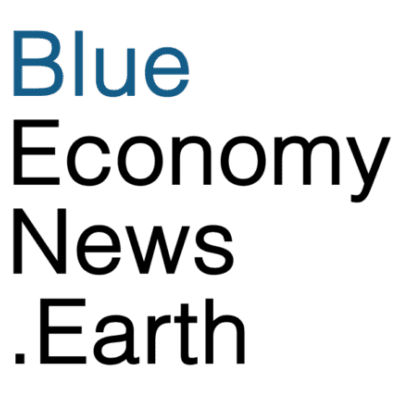January 1, 2025 marked the implementation of FuelEU Maritime. This regulation sets maximum limits for the yearly average greenhouse gas (GHG) intensity of the energy used by ships above 5,000 gross tonnage calling at European ports, regardless of their flag.
The new regulation will apply to well-to-wake emissions–all of a ship’s emissions from production of the fuel the ship uses to pulling into port. That is different from the EU ETS emissions which only apply from tank-to-wake, or from fueling onward.
Though FuelEU covers total GHG intensity, its targets are lower and more gradual than those of EU ETS. Shippers must begin with a 2% decrease by 2025, escalating to an 80% reduction by 2050. The regulation covers not only CO2 but also methane and nitrous oxide emissions.
Passenger and container ships at berth or moored at the quayside must use on-shore power supply (OPS) or alternative zero-emission technologies from 1 January 2030 onwards in ports covered under Article 9 of the Alternative Fuels Infrastructure Regulation (AFIR), and from 1 January 2035 in all EU ports that develop OPS capacity. EU Member States can opt to apply the obligation to ports not covered by Article 9 of AFIR, from 2030.
EU Mobility and Transport said that the regulation’s goal-based and technology-neutral approach allows for innovation and the development of new sustainable fuels and energy conversion technologies. It rewards first movers in the energy transition, but also allows operators the freedom to decide which fuels and technologies to use based on ship-specific or operation-specific profiles.
Shipping is responsible for 3% of global GHGs, primarily from the burning of fossil fuels.

